"They took Narges!"
This was the furious missive sent to the world by Sakineh Ahmadi, the mother of a young man killed in the November 2019 protests, in a video message on November 17. A memorial service for her son Ebrahim Ketabdar was supposed to be held earlier that day and Narges Mohammadi, a well-known women’s rights activist in Iran, was among the guests. The latter was beaten and arrested yet again, and taken away by security agents.
Several hours later, Narges Mohammadi informed her family that she was back in solitary confinement. Earlier this year she was sentenced to another 30 months in prison and 80 lashes: a punishment she had already said she would resist. Her husband, Taghi Rahmani, who lives in Paris, confirmed the news on his Twitter page and said last week she had been sent from Evin Prison to the prosecutor’s office to be told of fresh charges against her.
Mohammadi’s latest “crime” was speaking out about her previous spells in jail for peaceful activism in Iran. Last October she published a two-volume book of interviews with prisoners, entitled White Torture, as part of a campaign against solitary confinement; she has since spoken out about her experience of sexual abuse at the hands of prison guards.
No legal process was followed in Mohammadi’s abduction from a public memorial event. Nor in her sentencing to additional jail time and lashes. It seems strange now to recall that the current Supreme Leader of the Islamic Republic was once subjected to the same. In documentaries, interviews and his own memoirs on the Pahlavi era, Ali Khamenei has spoken repeatedly of his own experience of solitary confinement, flogging and torture under the Shah. The irony may or may not be lost on him.
***
In September 1971, a 32-year-old Ali Khamenei was arrested and put in solitary confinement by SAVAK, the Shah of Iran’s secret police. "I had never seen a room so small until that day,” he has said of that period in jail. “It was square in shape, one and a half meters long on each side. It had no openings. Absolute darkness enveloped it. The occupants were deprived of seeing the light, unless the door of the cell was opened or the guard or a prison official wanted to talk to a prisoner through the small window on the door."
In an article posted on Khamenei’s website, entitled A Review of Khamenei's Memoirs of Shah's Prisons, the writer Hedayatollah Behboudi describes how Khamenei was later transferred to a place so dark the future leader of the Islamic Republic could not see his rosary. At the same time, he was flogged and tortured – in part to humiliate him, in part to make him confess.
Behboudi’s account of the flogging is as follows: "He lost his balance, but soon shifted back to the earlier position, when a second blow came and threw him on the bed beside him. He wanted to get up, but one of them shouted: ‘Stay, you’re in the right place!’. They tied his legs to the bed. Opposite him, the whips hung from the wall ... One of them picked up the whips and aimed at the soles of his feet. He started beating... someone else came and took the whip from him. He beat him so hard that he had to give in. The third person took the whip. He also got tired of hitting, and the fourth person came. Everyone in that room had the opportunity to rest and catch their breath, except for Mr. Khamenei. Some of them wet the whip to strike the body of the prisoner."
In 1974, Khamenei was arrested again in Mashhad for his pro-Khomeini speeches and taken to the Anti-sabotage Joint Committee headquarters in Tehran. Today, the building is called the "Museum of Lessons" and features dark reconstructed cells with models depicting people being tortured. In a documentary titled Iced Walls, Khamenei is seen walking into the building, climbing the stairs, walking into a cell, and telling the camera: "They were taken for interrogation regularly. There were loud shouts, without exception."
The same documentary also purports to show the cell Khamenei was held in for eight months: a 2.4 by 1.6 square meter room which he shared with no-one. “One day [the cell] was lit up,” Khamenei says. “A thin line of sunlight had fallen on the wall due to the turning of the seasons, and the cell was lit up. It was there for 15 minutes, and then it was gone. Day by day [the light] increased and turned into a strip 15cm wide." According to Khamenei, once a week the prisoners were lined up blindfolded and allowed 10 minutes to bathe. The sound of beatings, shouts and lashes feature prominently in the background throughout the film.
Repeating the Cycle of Crime
Supporters of the Islamic Republic frame Khamenei as a torture victim, and a resistant prisoner of the Pahlavi regime. There is no reason to believe this is not true. But after he came to power, prisons under his command were also turned into torture chambers. Since 1979, flogging detainees with electric cables regardless of their “crime” as a form of medieval, sometimes lethal punishment has been a feature of Iranian prisons. Detention in solitary confinement is another.
In the first decade after the Islamic Revolution Khamenei tried to stress that the new Tehran was at odds with “the West” – and the Shah’s regime – in terms of its attitude to people’s personal and bodily autonomy. During a Friday sermon in December 1986, he said: “Proponents of freedom in the West are struggling with factors at odds with man's freedom... The oppression that exists in some societies, the brute force and domination of powers that do not allow nations to breathe, the master who whips or restrains his slave, as well as other factors that are outside the existence of man and hinder his freedom.”
Later he seemed to take a more circumspect view. In 1989, Khamenei addressed the families of Iran-Iraq war prisoners, telling them that torture and beatings improved detainees’ motivation and resistance: "It often happened in the prisons of the dictatorial regime [the Shah] that a prisoner living in a cell, in the most difficult conditions, felt stronger and more confident than someone sitting at a table in front of him with a gun, a whip, money, apparent power."
In 1992, at a meeting with ex-Iranian POWs, he described the 1979 revolution as a “storm” that had blown away the world's governing apparatus “like straw". He claimed of the group’s former torturers: "The days you were in the prisons of the Ba'athist regime, everything was dark before your eyes. That officer with that rough hand, that thick Ba'athist sergeant, even Saddam Hussein himself, one after another, felt a personal, bloody enmity with you. Whoever you fell on, would abuse, torture, and pressure you."
In later decades, Khamenei has implied on several occasions that if the Islamic Republic was employing the same brutal and sadistic tools of suppression, there must be a reason for it. In June this year, in a speech marking the 32nd anniversary of Ruhollah Khomeini’s death, Khamenei summed up the issue: "If a government -- not a religious government -- is without the support of the people and the people do not support it, it will have to live by the sword and the whip; that is, it is not possible for the government to continue ruling..."
Ruhollah Khomeini and the clerics who supported him, who had experienced torture in the prisons of the Pahlavi era, took what they had learned and expanded on it when they came to power. Thousands more people have been subjected to solitary confinement and torture, including flogging, since Ali Khamenei became Supreme Leader. Once a victim himself, not only has he now clung to power for longer than the last Shah of Iran but tried to justify why the illegal treatment he suffered should now be meted out to younger generations.
Related coverage:
Amnesty: Scores of Iranian Prison Deaths ‘Uninvestigated and Unpunished’
Jailed Iran-Iraq War Veteran Punished for Criticizing the Regime
The Journalist Jailed for 13 Years for Furious Letters to Khamenei
Iran’s Punishment for Journalists: Flogging
Seven Prisoners in Iran Subjected to Flogging and Mutilation
Narges Mohammadi: Solitary Confinement is Illegal
visit the accountability section
In this section of Iran Wire, you can contact the officials and launch your campaign for various problems




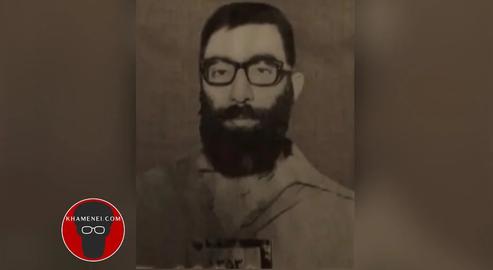

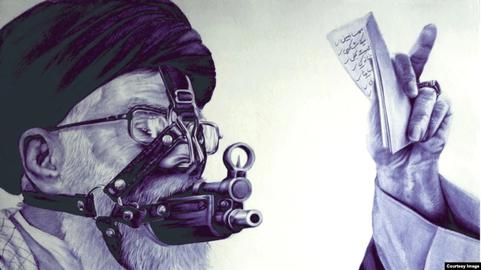


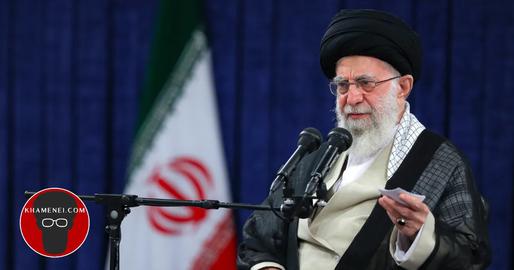
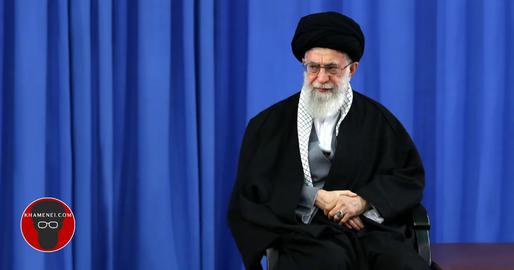
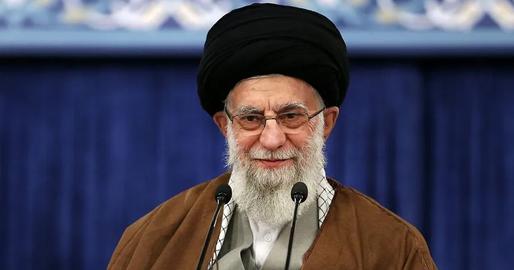
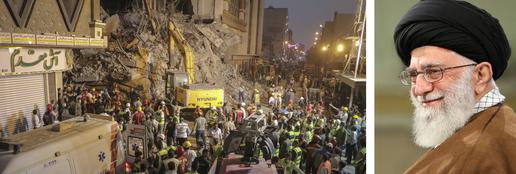
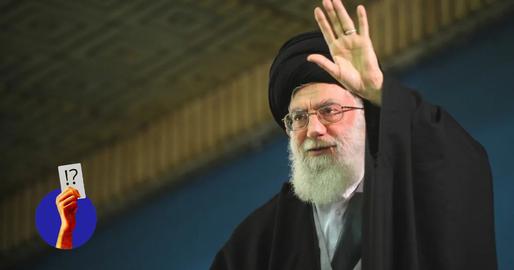
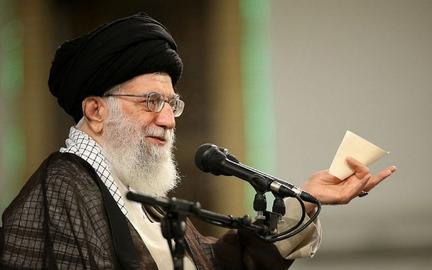
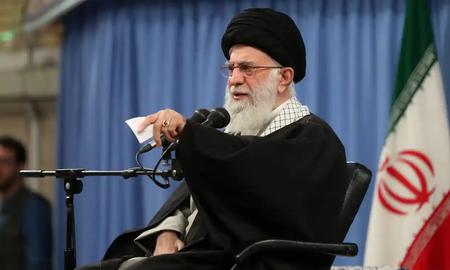

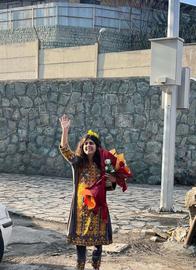
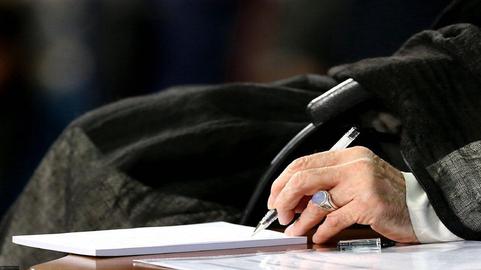
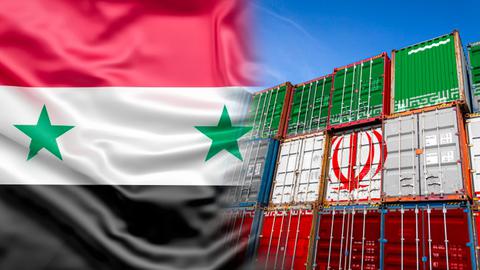
comments